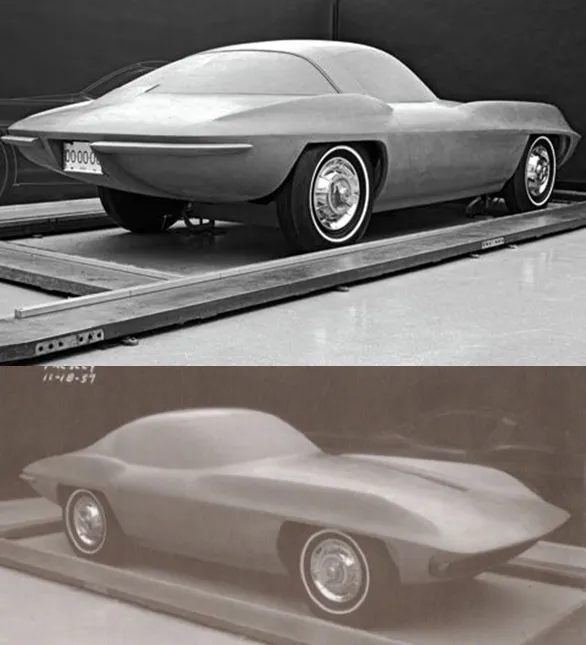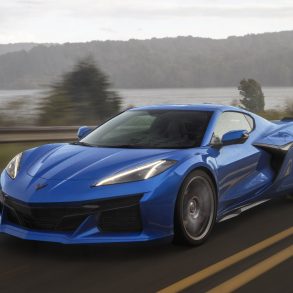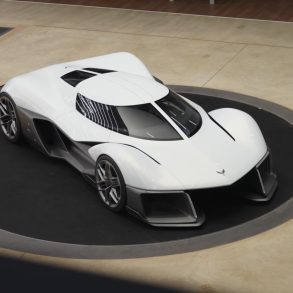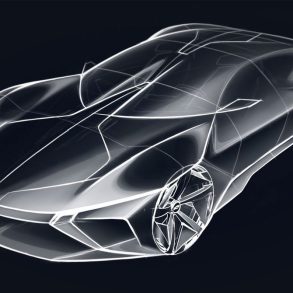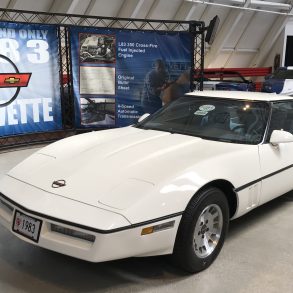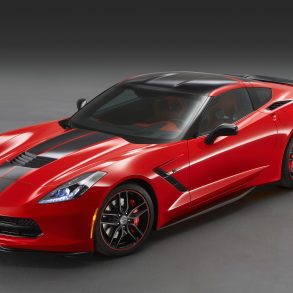1957 Q Corvette Concept
Typically, new car designs start out as wild-looking art renderings. But the Q-Corvette was different because it wasn’t just a new suit of clothes for an existing structure. Zora Arkus-Duntov worked out the entire basic layout first. Then a full-size wooden and fiberglass buck was created that closely approximated where the engine, drivetrain, suspension, and interior would be located. Everything was there except for the body. It is the most profound of all concept Corvettes! Mechanical designs for the C5 were actually laid out in this very unique 1957 prototype (you read that right).
Early in 1957, Chevrolet was in the beginning stages of developing a completely new small car concept that would eventually become the Corvair. Corvette designers saw that the transaxle and independent rear suspension from the Corvair could be used to develop a totally new and revolutionary Corvette. With this exotic piece of hardware, Zora Arkus-Duntov and his designers saw this as a golden opportunity for a new and very different Corvette for 1960.
The rear mounted transmission/axle helped balance the weight of the Corvette. Drum brakes were mounted inboard to reduce unsprung weight. Even the starter motor was on the transaxle for weight balancing. The transaxle case was aluminum and could be offered as either a 4-speed manual or automatic.
Up front an all-aluminum, fuel-injected 283 engine with a dry-sump oil system was proposed. There were to be no steel valve guides, valve seats or piston sleeves. This was to help achieve the target weight of 2,225 pounds.
The proposed structure of the Q-Corvette was a steel platform similar to the 356 Porsche. Because of the transmission location, the interior would have been larger, even though the length and height were smaller than the production Corvette. The fastback roof had a permanent arch behind the cockpit and removable roof panels. At the leading edge of the windshield, there were no A-pillars.
Bill Mitchell suggested to stylists Bob Veryzer and Pete Brock that the styling should come from the slimness of the Pininfarina / Abarth cars with a strong horizontal line and bulges over the wheels in the upper surfaces. The pointed nose had driving lights in the grille opening and manually operated pop-up headlights. Mitchell’s Sting Ray Racer used most of the same styling ideas.
In 1958 there was a recession in the automobile industry, so GM killed the expensive Q-Corvette project. As it was, Corvettes were hardly profitable. So the Q-Corvette was an on-paper and clay-only prototype with some great ideas that took 30 years to produce.


